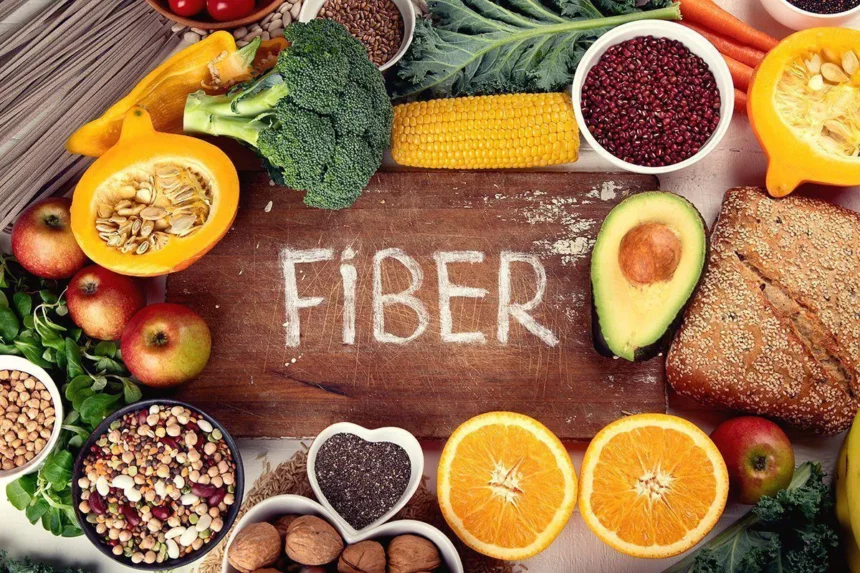Fibre also called roughage, is a type of carbohydrate that’s essential for the human body to function. It’s a crucial part of our diet, as it supports the overall health of the digestive tract, helps in maintaining weight and lowers the risk of heart diseases and diabetes. It removes harmful waste accumulated in the body, preventing and curing constipation and helps maintain the required amount of enzymes
Derived from plants, it is absent in any form of meat, fish or animal products, including dairy. So how can you get the essential 25 grams of fibre recommended for women and 30 gram for men from your daily diet?
Here are some of the highest sources of fibre content, which if included regularly in your daily diet can help you maintain a well-tuned digestive system.
Whole-grain foods
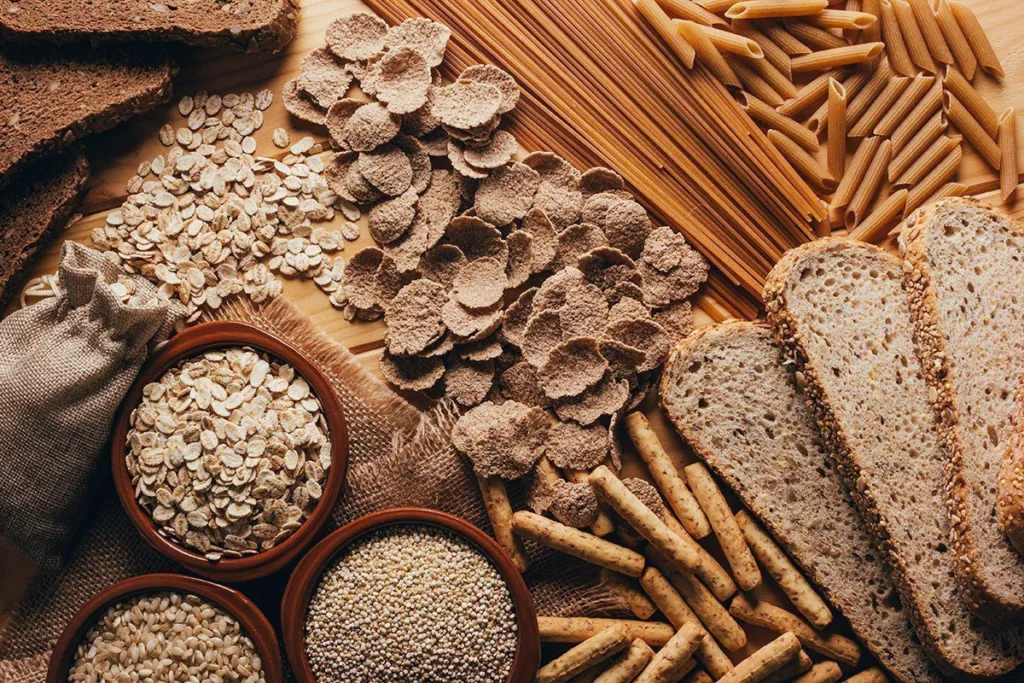
One of the best ways of incorporating fibre in your diet is by replacing refined grains with whole grains. Whole grains contain the entire grain kernel – endosperm, germ, and bran. The refining the process removes the bran and germs which reduces the fibre content. So choose whole-grain brown bread over white bread for breakfast. Barley and oatmeal are other high-fibre foods to add to your morning diet. Brown rice and quinoa are other natural sources of fibre that you can add to your daily meals.
Fruits
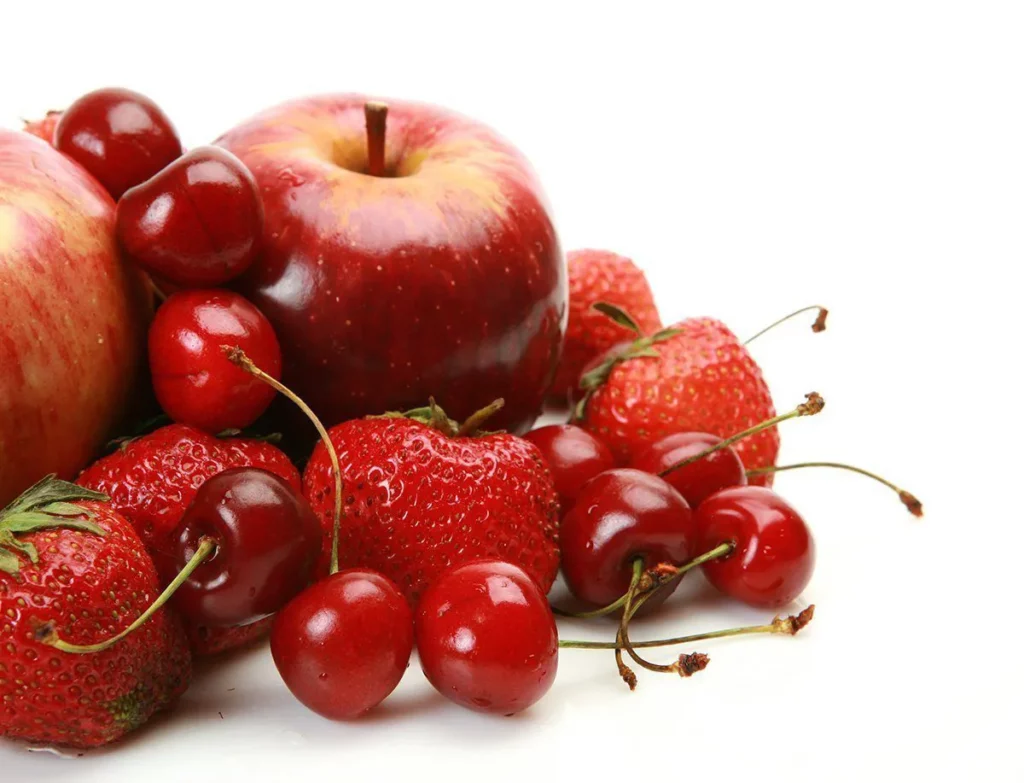
While all fruits contain fibre, some have significantly higher fibre content than others. Apples, pears, and berries are among the best fruit sources of fibre. Fruits make for an excellent snack, so stock up on your favourites for a healthy gut. Do keep in mind though that fruits must be had whole, and not in juice form. The process of juice extraction leads to loss of fibre. For instance, 1 medium apple with its peel contains 4.4 grams of fibre, whereas 4 ounces of apple juice contains no fibre.
Vegetables
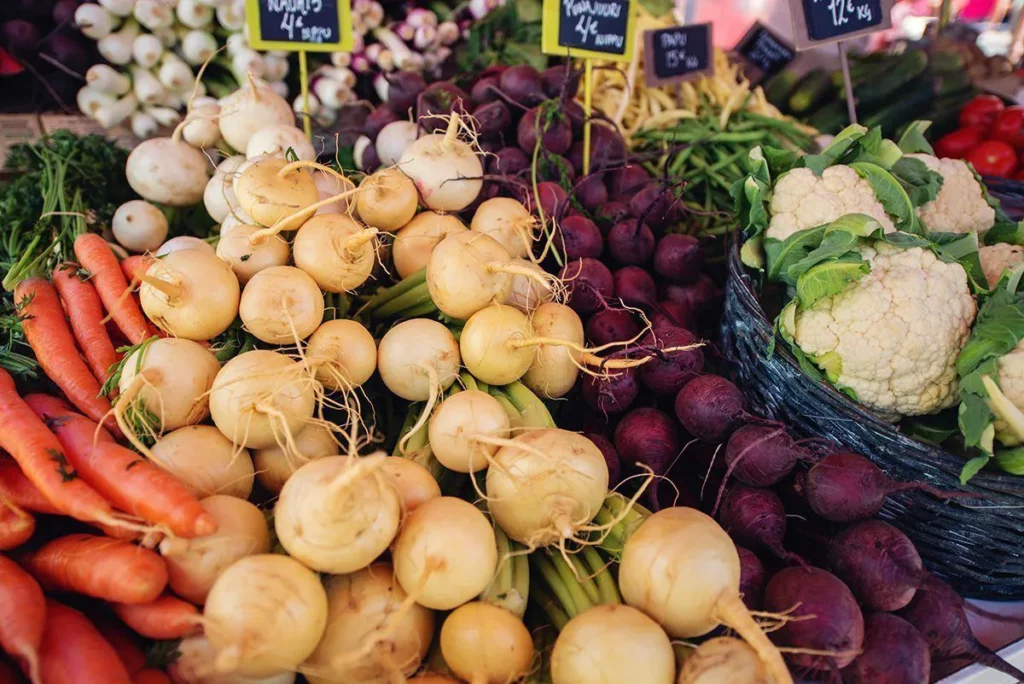
Remember when your parents demanded that you finish the vegetables on your plate? Well, they had an excellent reason for it. Vegetables like green peas, artichokes, carrots, butternut squash, broccoli, and spinach come under high-fibre foods. However, to avoid loss of roughage you need to know the proper way of preparing the vegetables. Boiling and baking vegetables are better for fibre retention. Peeling of vegetables like potatoes may lead to further loss of fibre. So why not go for potato wedges with the peel next time you crave for a snack.
Beans, peas and other legumes
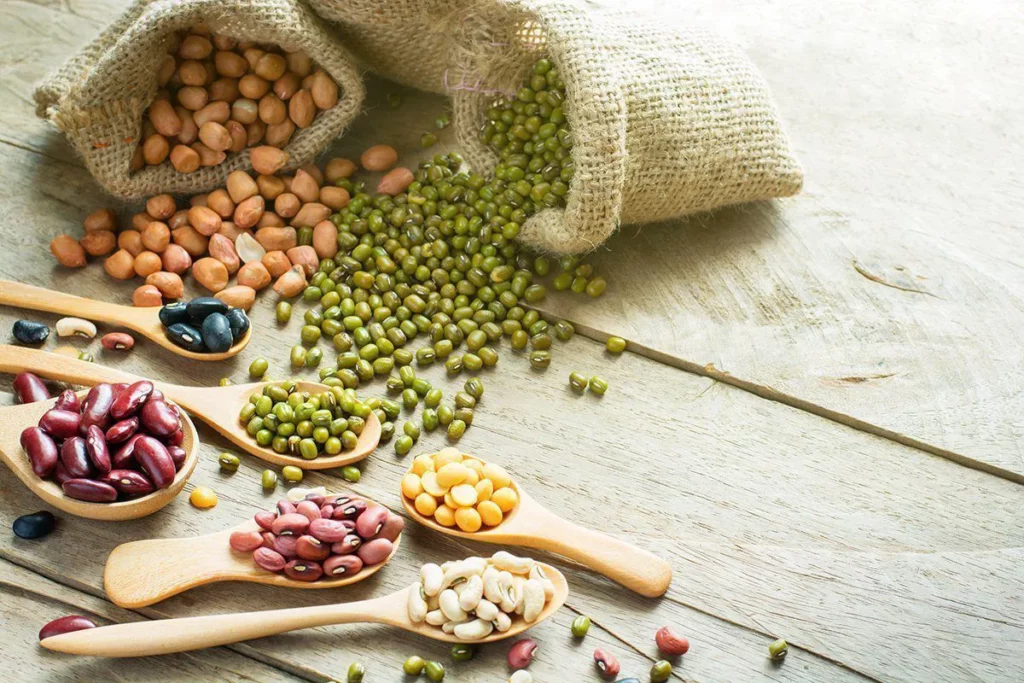
Kidney beans, lima beans, soybeans, chickpeas, brown lentils, baked beans are all good sources of fibre. Add them to your salads, soups, and stews.
Nuts and seeds
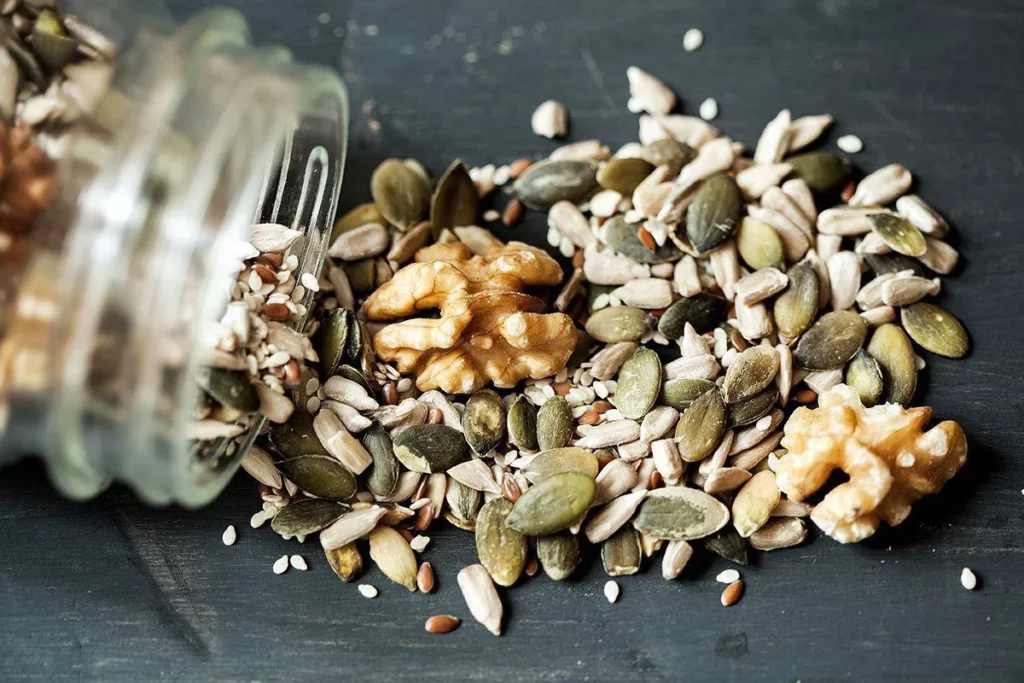
When assailed by evening hunger pangs, we often end up consuming processed, easy-to-access junk food. A much healthier idea is to snack on high-fibre options like flax seeds, chia, and dry fruits. It will not only keep your weight in check but will also contribute to your daily fibre requirement. 1 tablespoon of ground flaxseed will give you approx. 2 grams of dietary fibre, while a handful of dry fruits contain around 6-7 grams of fibre. What’s more, these can be added to baked foods like muffins and pancakes. Win-win!
Popcorn
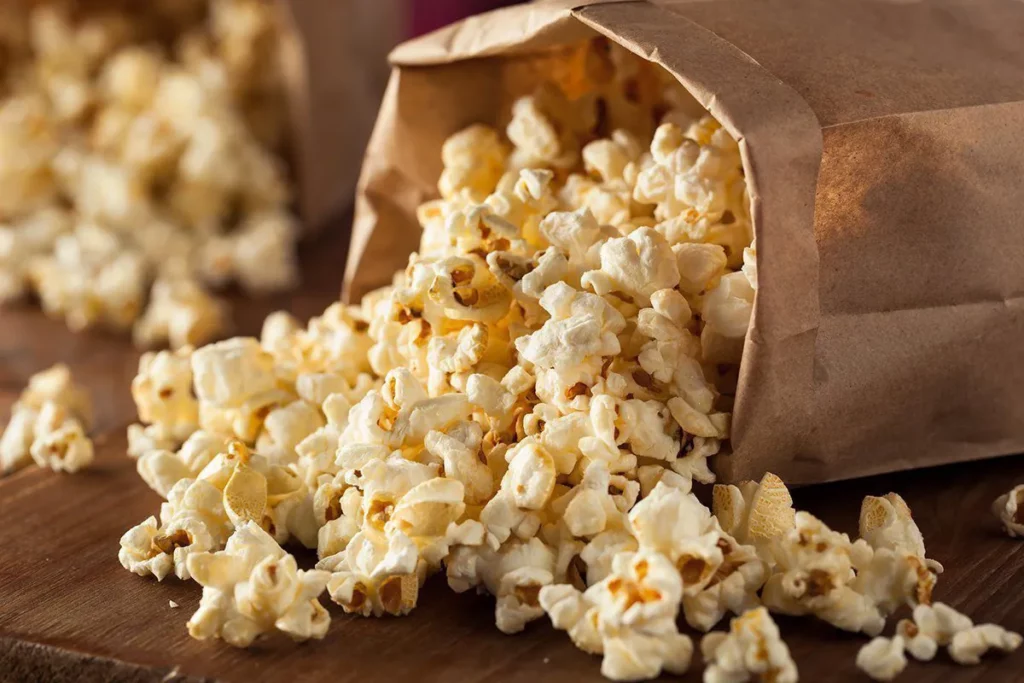
Yes, you read that right! Popcorn is not only the perfect movie munchie but also a fantastic source of fibre. Three cups of air-popped popcorn have about 4 grams of fibre. What’s more, plain, unsalted popcorn is low in calories too. Going to the movies never felt this healthy!
With meeting deadlines and closing business, we might miss out on our daily fibre intake. But not anymore. To help our always-on QNet India distributors lead a healthier lifestyle, we bring to you nutriplusTM FibreFit. It is one of the richest sources of soluble fibre and helps maintain the health of your digestive system. FibreFit comes in individual sachets and you can consume it by simply mixing in a beverage or sprinkle over any food to make your meal fiber rich.
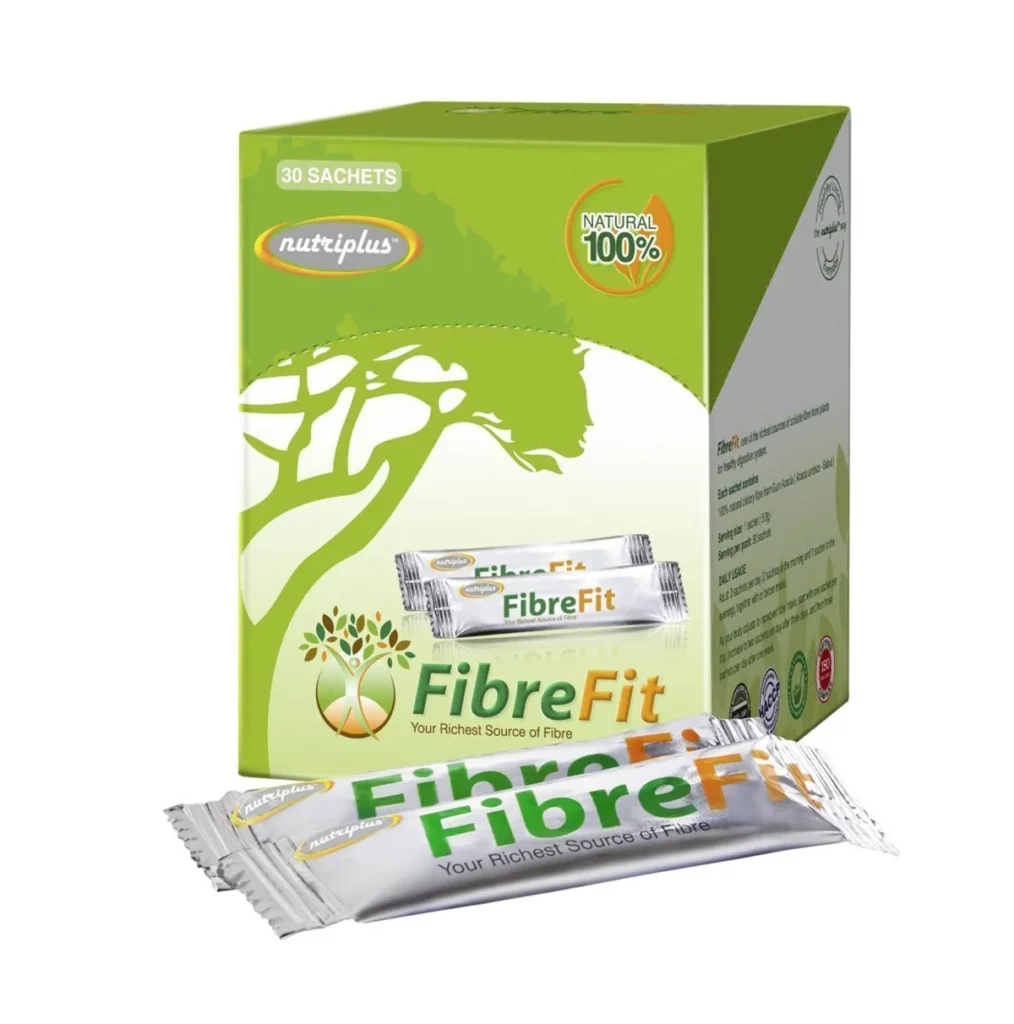
Also Read:


